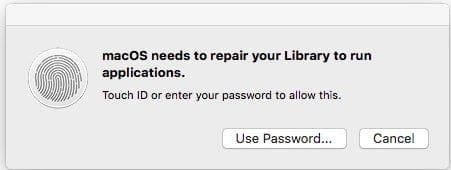

If you’re running Mojave or later, use this command instead: sudo sntp -sS.If you’re running a version of macOS older than Mojave, type: sudo ntpdate -u.

In Recovery mode, click on Utilities in the menu bar.However, as you are in Recovery mode, you can’t just go to System Preferences, you’ll need to go to Terminal. The solution is to reset the time and date on your Mac. One of the most common reasons for seeing the error message is that your Mac’s time and date don’t match those on the server. You can check Apple’s servers’ status here. In that case, the only option is to wait for Apple’s servers to get back up and running again. While it doesn’t have an entry for the Recovery a problem with other services may indicate a problem with the recovery server. Make sure your Mac is still connected to the internet and that your Wi-Fi and broadband connections are working.Īpple has a status page where it lists any problems with its online services. It’s always best to start with the most obvious, and easiest to fix, possibility. The problem connecting to the recovery server could be caused by your Mac, Apple’s server, or by something in the communication process.
#MACOS SIERRA RECOVERY DISK HOW TO#
How to fix the “Recovery server could not be contacted” error If your Mac can’t connect to the server, you will see the message “The recovery server could not be contacted.”
#MACOS SIERRA RECOVERY DISK DOWNLOAD#
When you boot your Mac into Recovery mode or try to use Recovery over the internet, it will attempt to contact Apple’s recovery server to download either updates to the macOS version on your Recovery partition or the installer for macOS. So what do you do if you see the error message “The recovery server could not be contacted”? Read on, and we’ll tell you. However, using Recovery mode requires connecting to an Apple server, and if that doesn’t work, neither will Recovery mode. From there, you can run Disk Utilities First Aid, access Terminal, or reinstall macOS on the main partition. This contains the latest macOS version you’ve installed and allows you to troubleshoot issues when you run into problems. One of the best features of recent versions of macOS is the Recovery partition. But to help you do it all by yourself, we’ve gathered our best ideas and solutions below. So here's a tip for you: Download CleanMyMac to quickly solve some of the issues mentioned in this article.


 0 kommentar(er)
0 kommentar(er)
